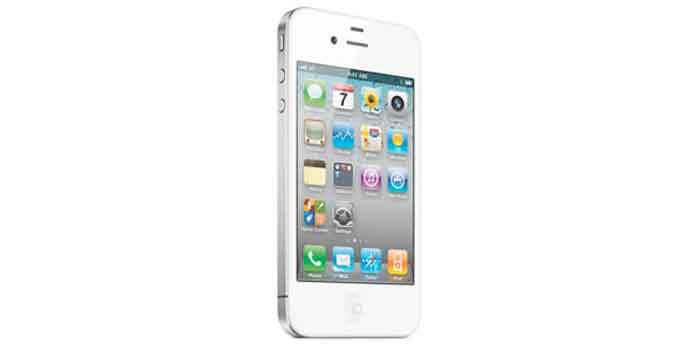You might not have nude photos stored on your phone, but you do have banking info, access to your email and Facebook pages, and maybe a few photos that you wouldn’t share with the world.
Keep your private info safe with these steps courtesy of Don BeBolt, director of Threat Research for Total Defense, an Internet security firm and Kimberly Carroll, Make It Better’s own Tech Mama.
- Use an access code to unlock the device when it is not in use. On an iPhone, go to “Settings” and then “General,” and choose “Passcode Lock.”
- Don’t share “location” within GPS enabled apps unless absolutely necessary.
- Do not send unencrypted data in public Wi-Fi hot spots, because others can (and do) listen to the traffic on those networks. (So don’t sign onto your web checking account when you’re at the local coffee shop!)
- Back up your device regularly.
- Don’t “remember” open, unencrypted Wi-Fi networks. A “remembered,” but unauthenticated network can be spoofed and automatically joined if the phone isn’t set to forget the network after it was last used.
- Make sure your phone’s software is up-to-date. Updates fix bugs, and also security issues as well.
- Consider setting your phone to erase data if the wrong passcode is entered. iPhones give the user 10 tries. You can turn this setting on under “Passcode Lock.”

